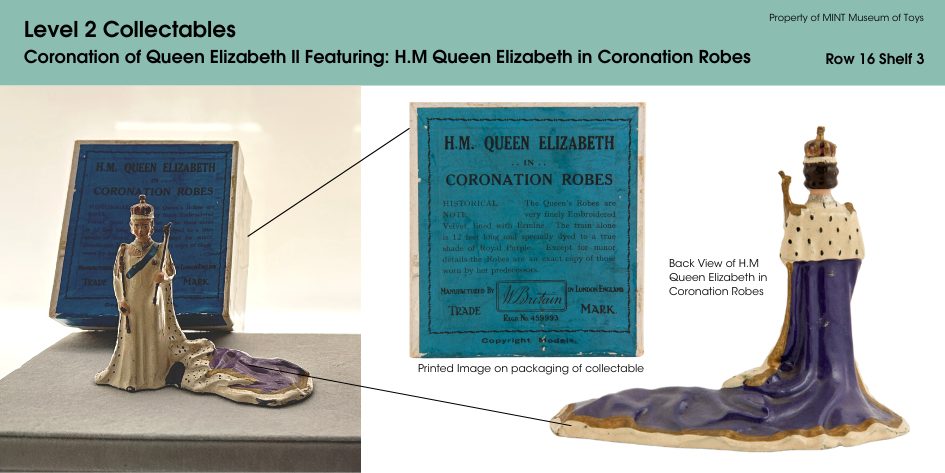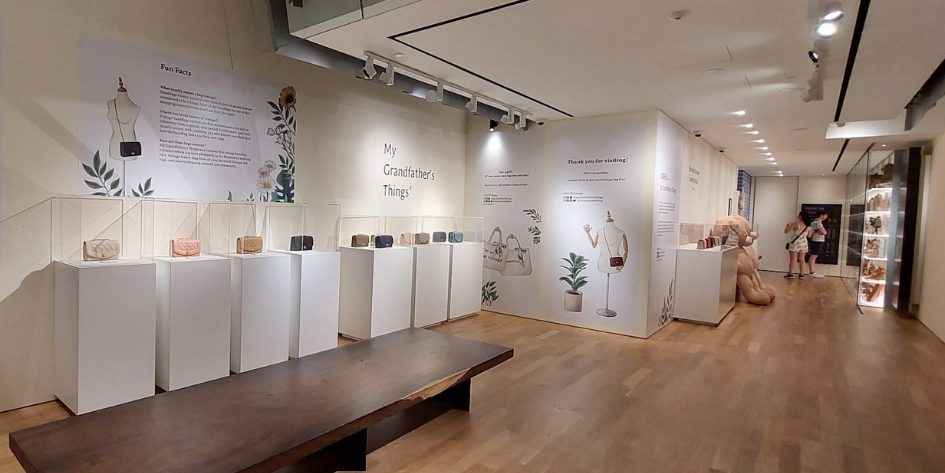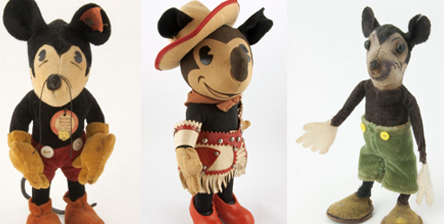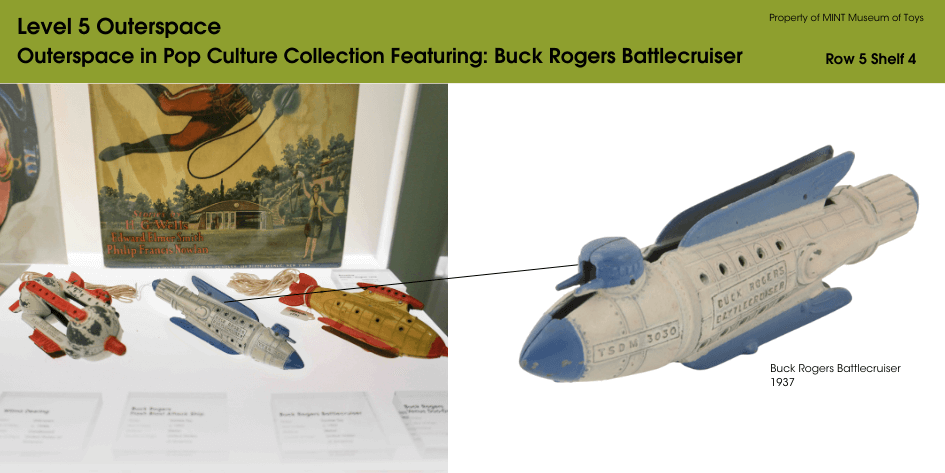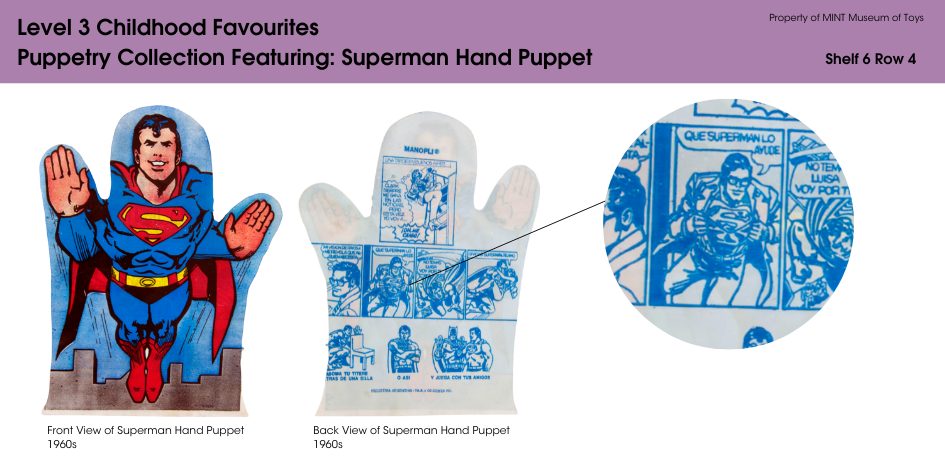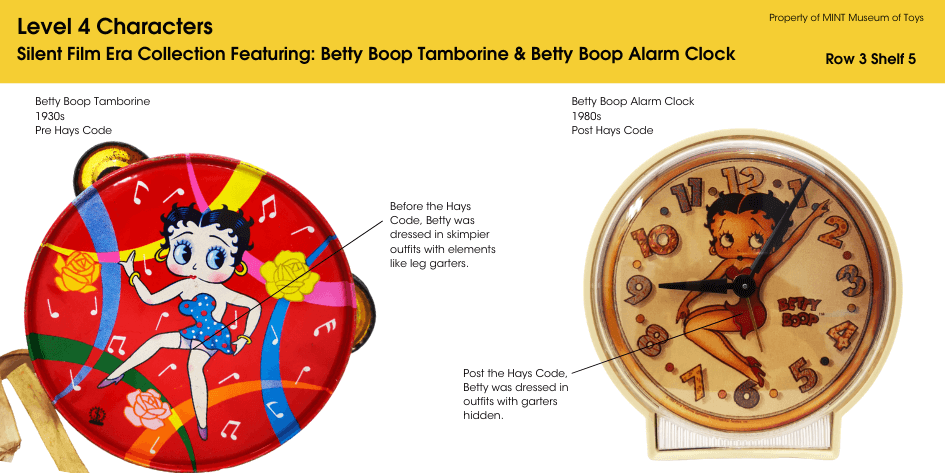If you’ve ever heard the stories of the tortoise and the hare, the town mouse and the country mouse, the boy who cried wolf, or the ant and the grasshopper – then you have Aesop and his notable collection of Fables to thank. Though their origin dates all the way back to Ancient Greece, they have remained a mainstay in our cultural consciousness ever since.
Come along with us to explore who Aesop was, and what makes his fables so timeless.
Aesop’s Beginnings
Aesop was a Greek slave who lived between 620 to 564 BCE, and was known for his tales that were initially passed down orally before finally being recorded into textual form. There are many conflicting sources about exact happenings in his life, written about by notable names including Aristotle, Herodotus, and Plutarch.
How then did his name survive through the ages, when others did not?
One reason why could be because his oral storytelling revolved around fables, instead of regular stories. Fables are a literary genre that uses anthropomorphised animals, plants, or nature elements to illustrate a moral lesson. This moral lesson is key to the genre and sets it apart from other genres like the fairy tale which may include the same anthropomorphised elements, but with a stronger focus on narrative plot, and no moral lesson.
While Aesop’s Fables might be most well-known collection of fables today, it’s important to note that he was not the only fabulist our there. Other well-known works that included fables are the One Thousand and One Nights (Arabian Nights), Mahabharata, Ramayana, and the stories of Uncle Remus. Modern counterparts that can be seen as fables or have fables-like elements include Animal Farm by George Orwell, and Disney’s 1942 film Bambi.
Aesop’s Fables over Time
Aesop’s oral tales were first compiled by Demetrius of Phalerum in 4th century BCE, but present-day collections are usually based by the version by Babrius (also known as Babrias or Garias) dated to the 2nd century AD.
Some early versions of Aesop’s Fables even included stories from South Asia and the surrounding region, and similar stories appeared in the Jewish Talmud as well. This suggests he was renowned and prolific enough for his stories to continue to be attributed to him long after his death.
Modern collections began to be compiled during the Renaissance, with some changes made to adapt the stories and make them more relatable to a contemporary audience. In zazanilli in Esopo was a 16th century Nahuatl version that incorporated Aztec concepts and rituals to better relate to a Mexican audience, whereas Isopo Monogatari is a 16th century Japanese adaptation of the former that survived even after Westerners were expelled from Japan in the 19th century.
Many fables had anti-authoritarian messages in them that appealed to the learned middle class. At the time, many societies worldwide were greatly hierarchical with the royals, nobility, and clergy at the top – Aesop’s Fables were thus a seemingly benign way to spread powerful messages amongst those who disagreed with this strict social order.
Aesop’s Fables Today
Aesop’s Fables have now been translated into dozens of languages worldwide, with a greater appreciation for their political leanings and interpretations. Translations of Aesop into regional creole in the 19th century, for example, allowed slaves in the Caribbean and South America to better connect with the slavery context of his original tales.
Despite how old Aesop’s work is, the universality of each story, and the progressive ideologies they adopt have given them continued relevance through the times. Short, sweet, yet packing a powerful punch, Aesop’s Fables prove the power of compassion, resistance, and looking out for your fellow man.
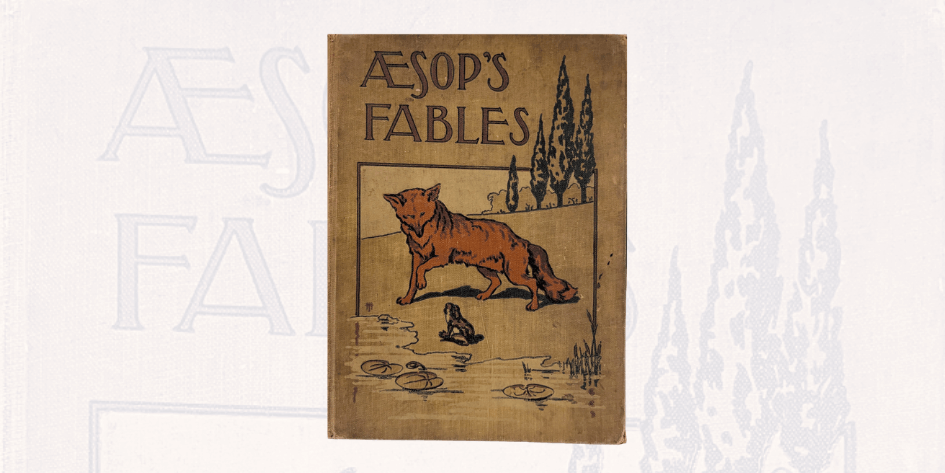
Fables fans, literature enthusiasts, or anyone in love with how history carries on through time, can pay a visit to our toy museum in Singapore and see our copy of Aesop’s Fables dating back to the 1800s! Located at the Level 2 Collectables exhibition, this book is on display alongside dozens of other vintage toys, books, memorabilia, and more.
Get in touch to find out more about our museum. We also offer learning journeys for students in Singapore centered around cool toys and collectibles, and museum tours in Singapore for behind-the-scenes insights at our collections.

